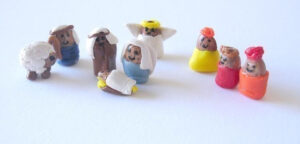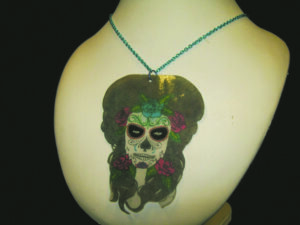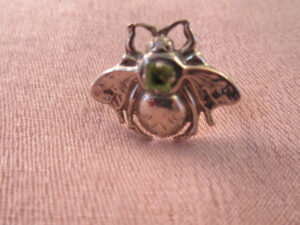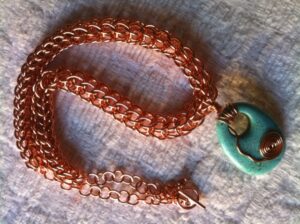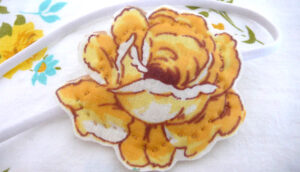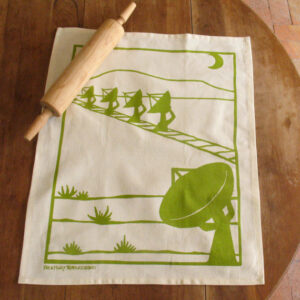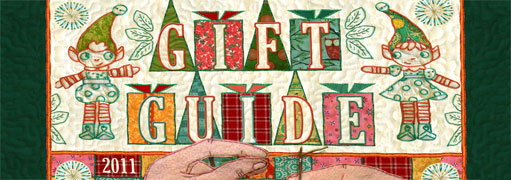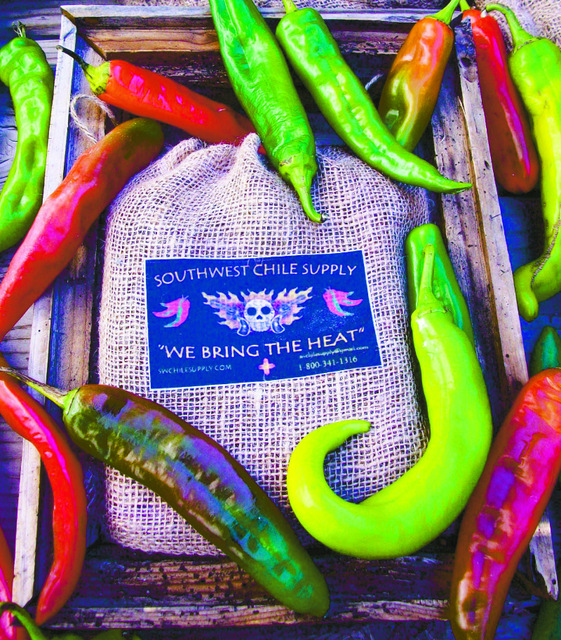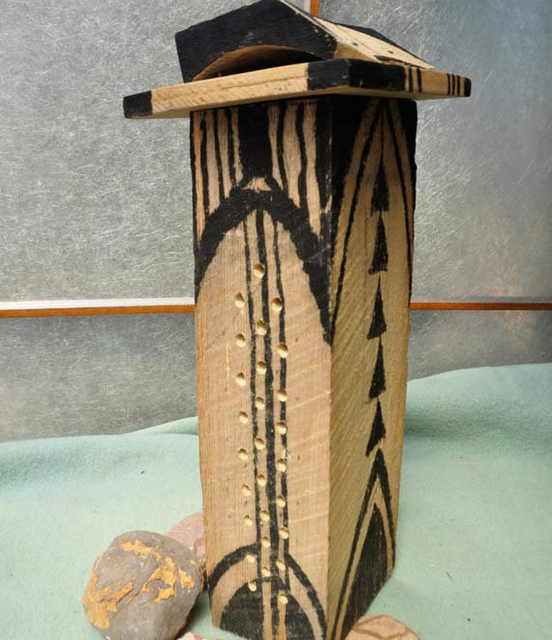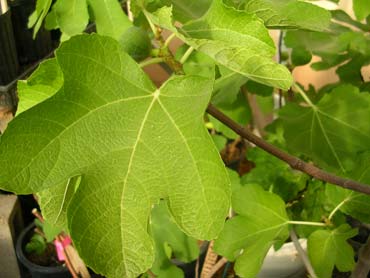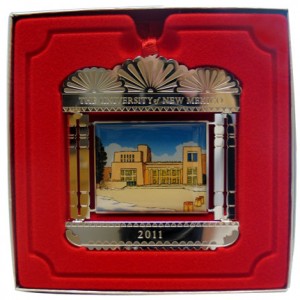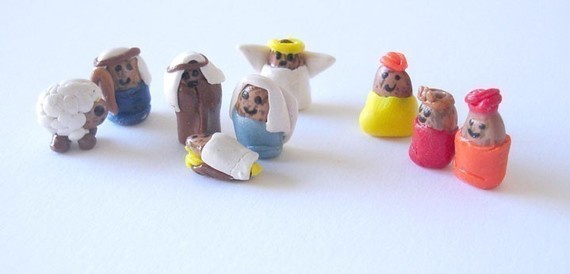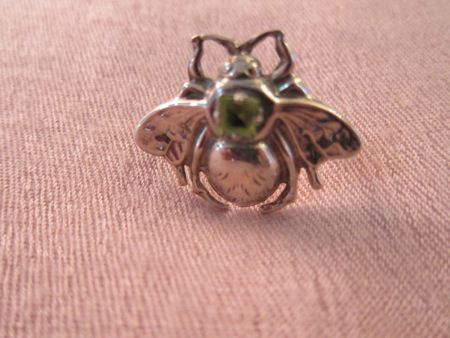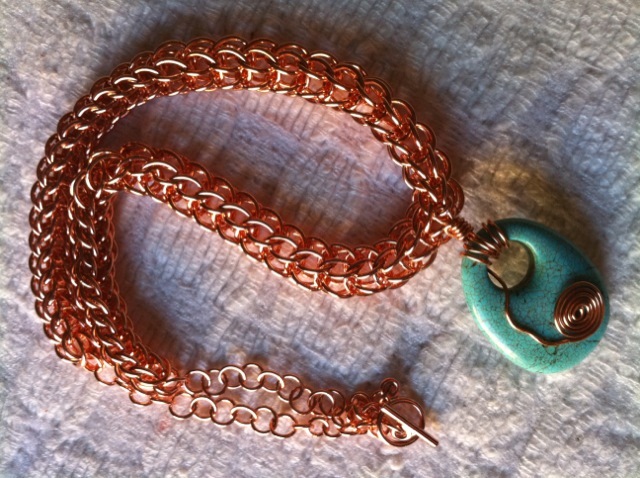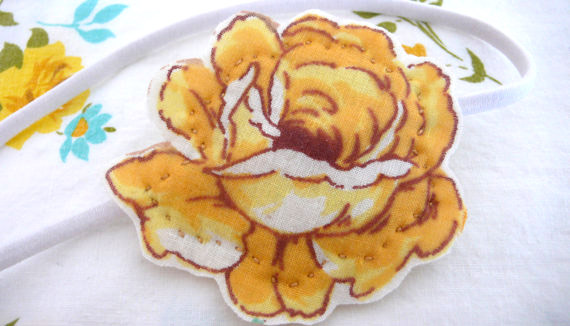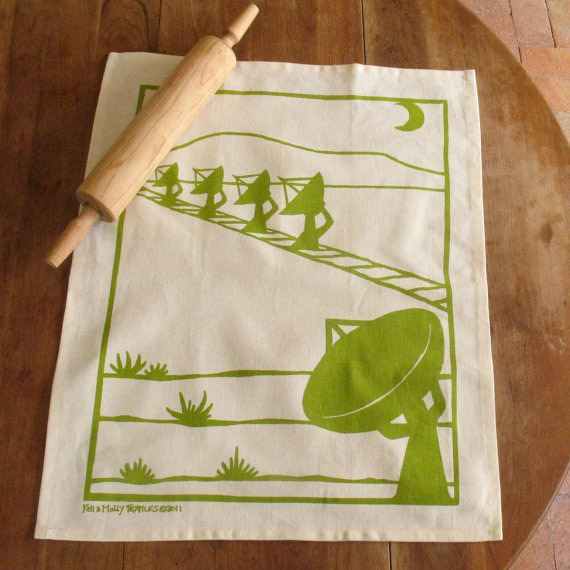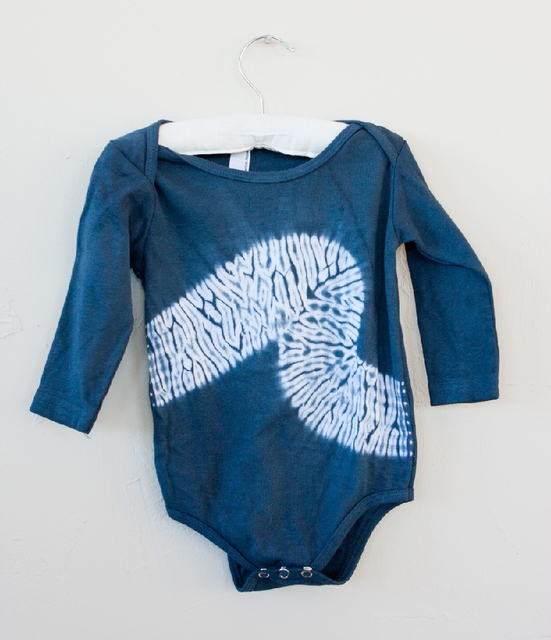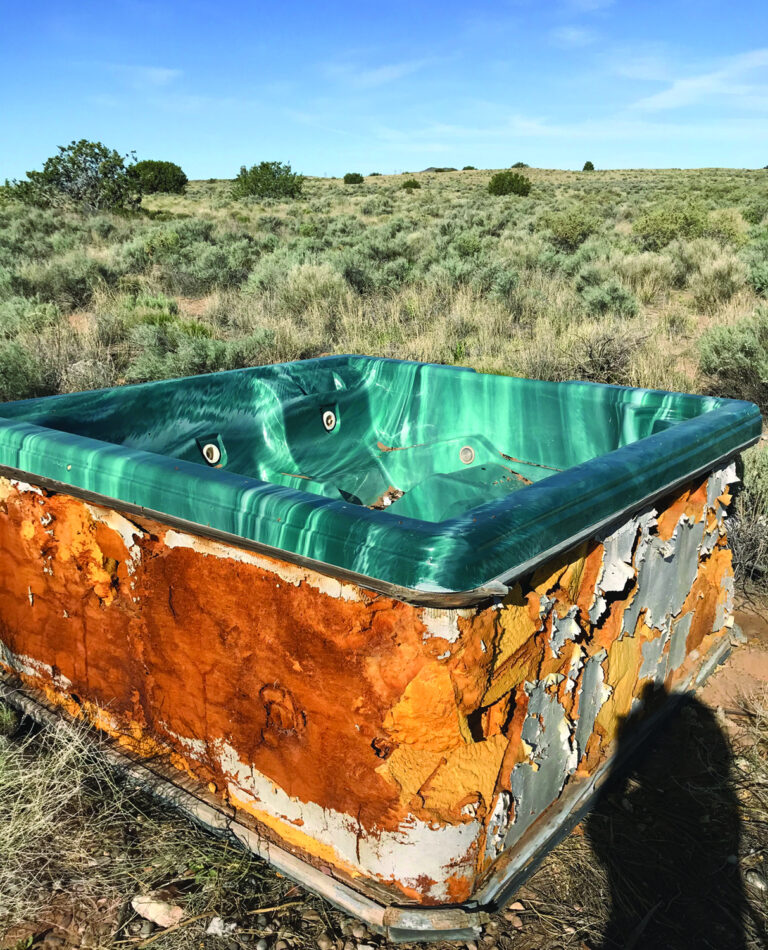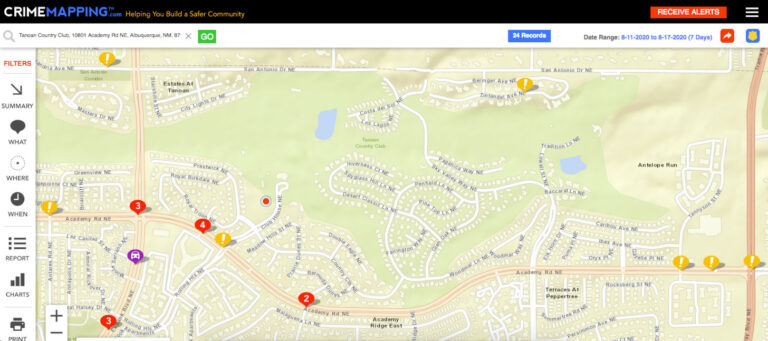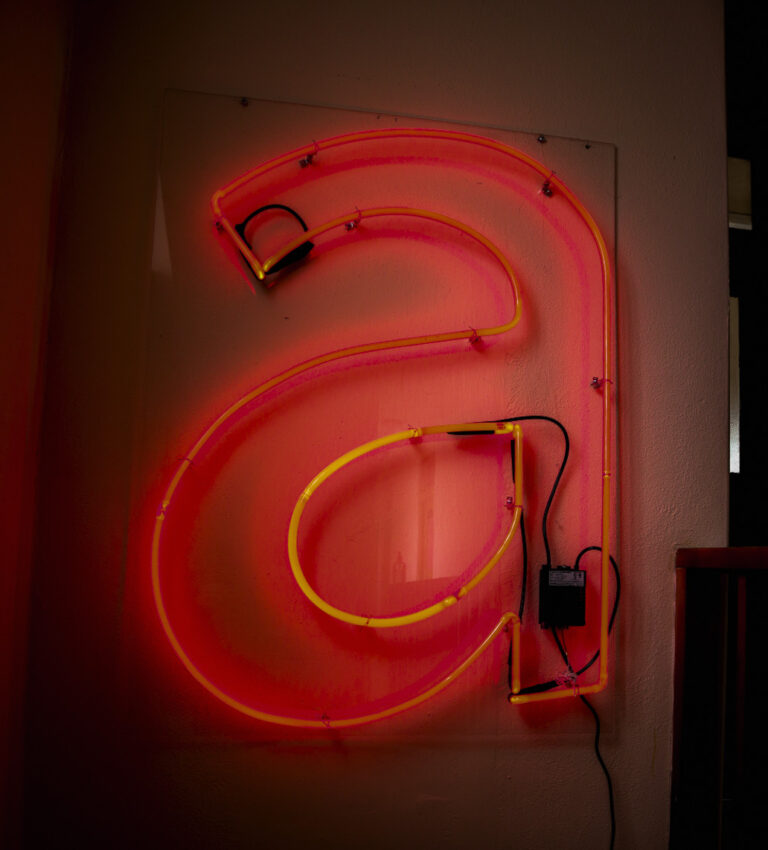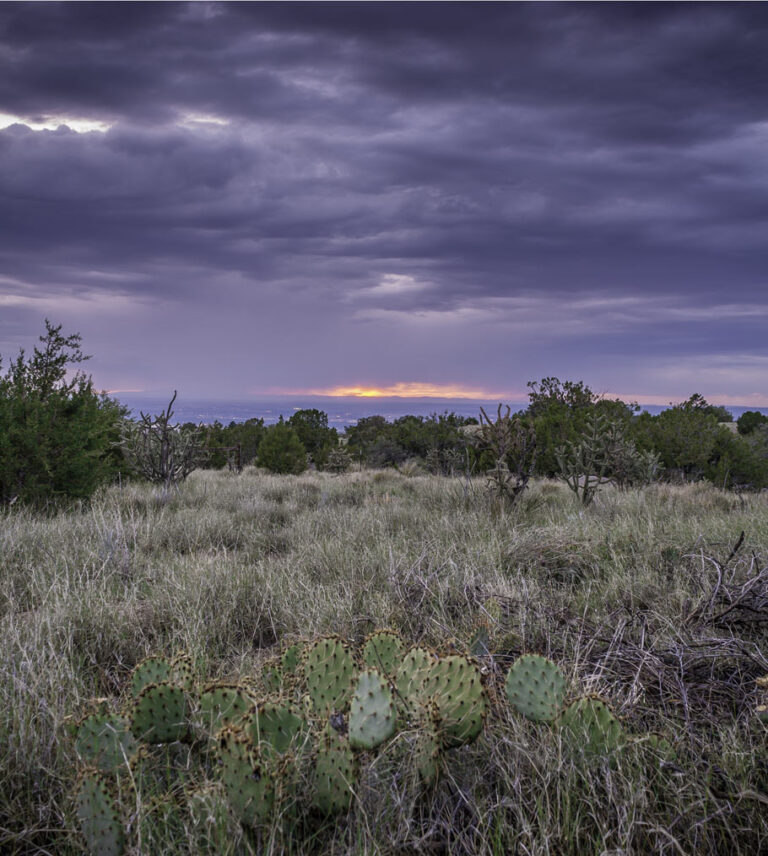Adult orchard mason bees spin cocoons around themselves for the winter. In early March, when the fruit trees begin to bloom, they hatch and spend a dangerous week looking for a place to nest. Laurie Lange has created bright, hand-painted, recycled pine boxes with holes that are exactly the size the bees are looking for. They’re very particular about that, as they can’t tunnel their own holes into wood, she says. "If you have one, they’ll go right to it," she says. "They know it’s the right size and shape." Savvy gardeners should set the blocks in their yards because these bees are adept at pollinating fruit trees. In fact, she says, the orchard mason bee will visit five times more flowers in a day than a honey bee. From an environmental perspective, Lange says it’s better to attract bees that are already here rather than purchase bees through mail order. Bees from other places can spread disease or might carry parasites. And if, for some reason, New Mexico’s honey bee population has a problem during the spring—colony collapse disorder, for instance—the orchard masons will ensure pollination. Her nests come in two sizes—starter blocks and towers—with a kit and instructions. They cost between $25 and $45. (Marisa Demarco)
